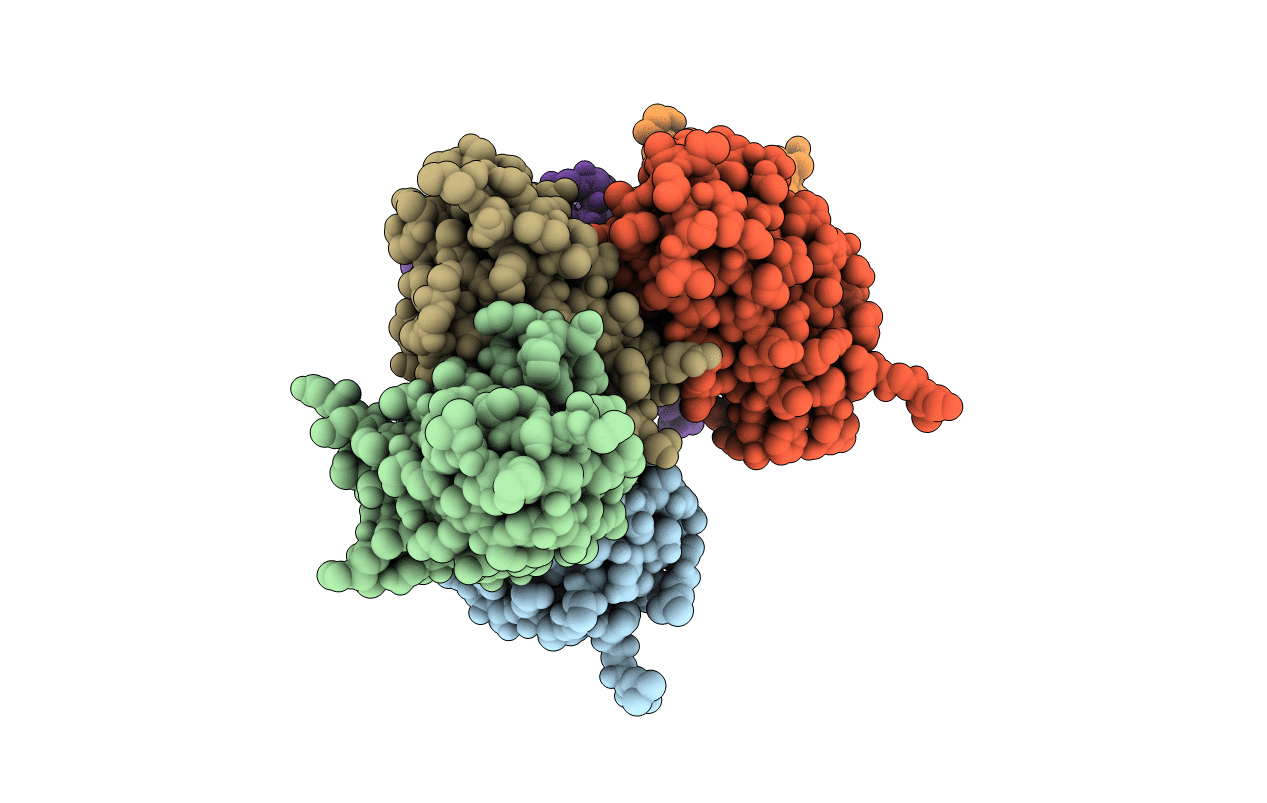
Deposition Date
2009-11-28
Release Date
2010-12-01
Last Version Date
2024-10-16
Entry Detail
PDB ID:
3AB0
Keywords:
Title:
Crystal structure of complex of the Bacillus anthracis major spore surface protein BclA with ScFv antibody fragment
Biological Source:
Source Organism:
Bacillus anthracis (Taxon ID: 526966)
Mus musculus (Taxon ID: 10090)
Mus musculus (Taxon ID: 10090)
Host Organism:
Method Details:
Experimental Method:
Resolution:
3.09 Å
R-Value Free:
0.26
R-Value Work:
0.19
R-Value Observed:
0.20
Space Group:
P 21 3


